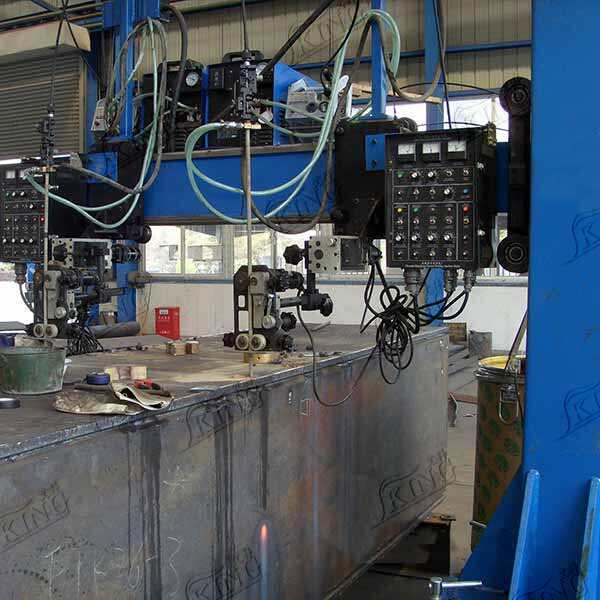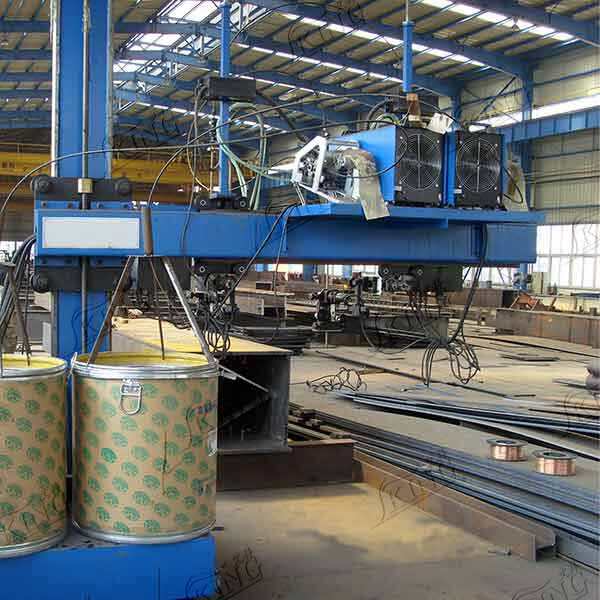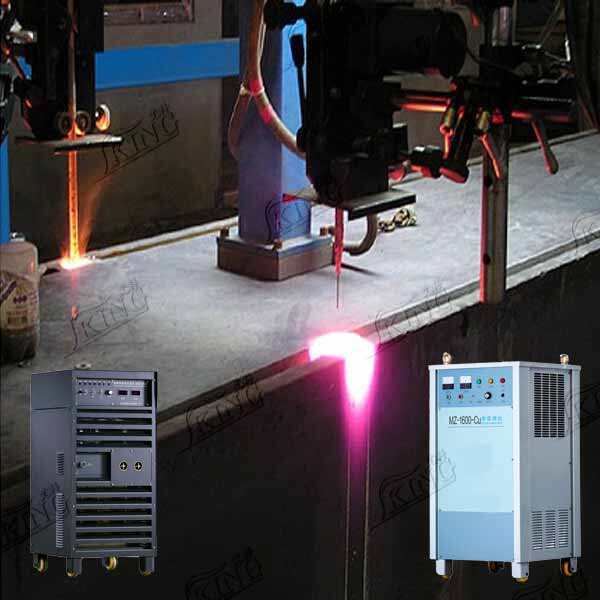electroslag and electrogas welding
Electroslag and electrogas welding represent advanced vertical welding processes designed for thick material joining. Electroslag welding (ESW) operates by maintaining a molten slag bath between the workpieces, while electrogas welding (EGW) uses a shielding gas. Both processes employ copper shoes or backing strips to contain the molten metal pool and create a continuous vertical weld. The molten slag in ESW provides electrical resistance heating and metal refinement, while EGW relies on gas shielding for protection. These processes excel in single-pass welding of materials ranging from 1 to 12 inches in thickness, making them highly efficient for heavy industrial applications. The technology utilizes a continuous wire feed system and specialized equipment to maintain consistent weld quality throughout the vertical progression. Common applications include shipbuilding, pressure vessel fabrication, heavy structural steel construction, and large storage tank manufacturing. The processes are particularly valuable in situations where traditional multi-pass welding would be impractical or cost-prohibitive. Both methods achieve high deposition rates and excellent penetration, resulting in high-quality welds with minimal defects.


